Mohammad Hossain
CWD: A Machine Learning based Approach to Detect Unknown Cloud Workloads
Nov 28, 2022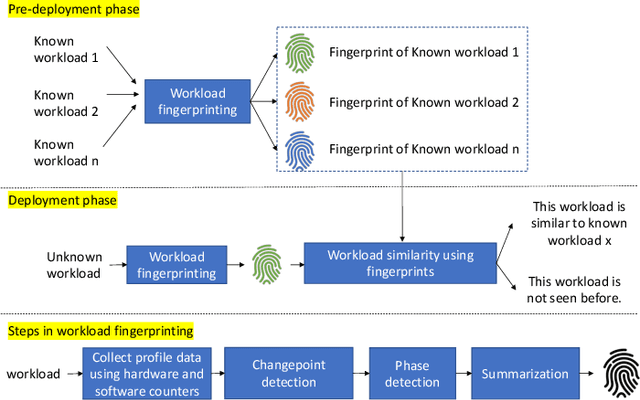
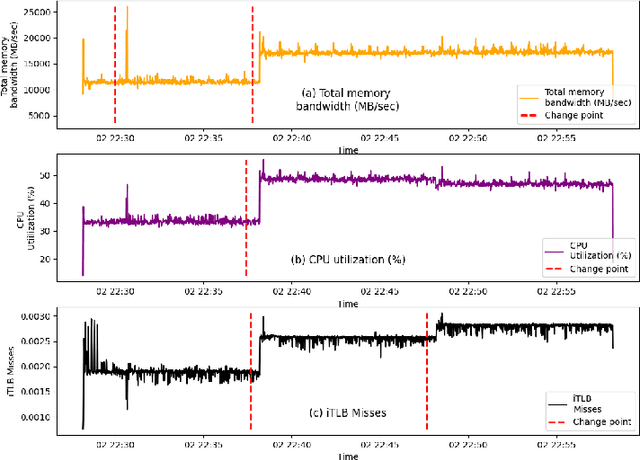
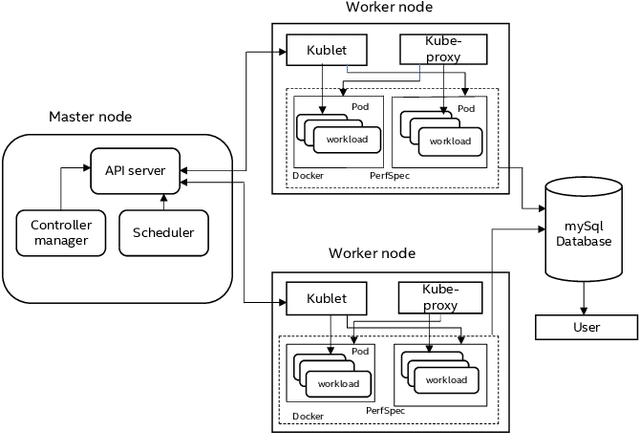
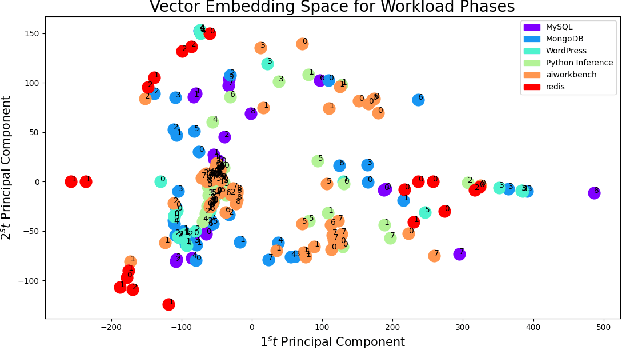
Abstract:Workloads in modern cloud data centers are becoming increasingly complex. The number of workloads running in cloud data centers has been growing exponentially for the last few years, and cloud service providers (CSP) have been supporting on-demand services in real-time. Realizing the growing complexity of cloud environment and cloud workloads, hardware vendors such as Intel and AMD are increasingly introducing cloud-specific workload acceleration features in their CPU platforms. These features are typically targeted towards popular and commonly-used cloud workloads. Nonetheless, uncommon, customer-specific workloads (unknown workloads), if their characteristics are different from common workloads (known workloads), may not realize the potential of the underlying platform. To address this problem of realizing the full potential of the underlying platform, we develop a machine learning based technique to characterize, profile and predict workloads running in the cloud environment. Experimental evaluation of our technique demonstrates good prediction performance. We also develop techniques to analyze the performance of the model in a standalone manner.
Few-Shot Scene Adaptive Crowd Counting Using Meta-Learning
Feb 01, 2020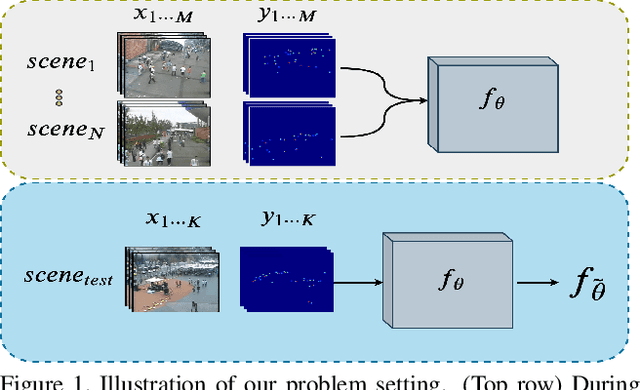
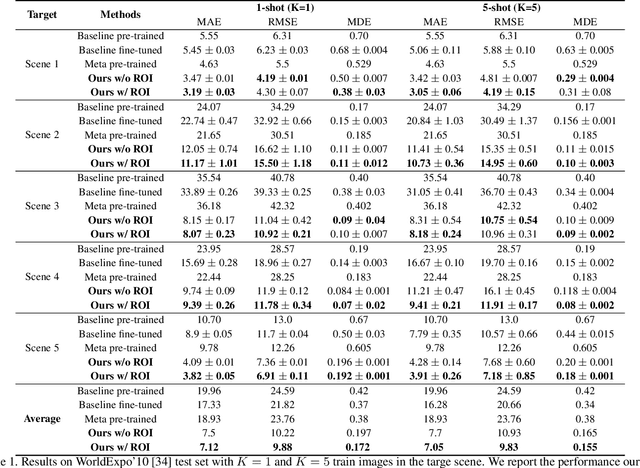
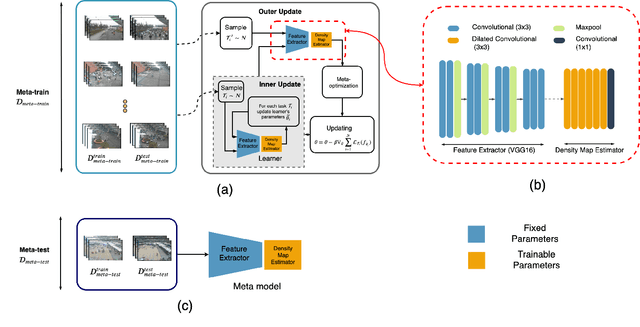

Abstract:We consider the problem of few-shot scene adaptive crowd counting. Given a target camera scene, our goal is to adapt a model to this specific scene with only a few labeled images of that scene. The solution to this problem has potential applications in numerous real-world scenarios, where we ideally like to deploy a crowd counting model specially adapted to a target camera. We accomplish this challenge by taking inspiration from the recently introduced learning-to-learn paradigm in the context of few-shot regime. In training, our method learns the model parameters in a way that facilitates the fast adaptation to the target scene. At test time, given a target scene with a small number of labeled data, our method quickly adapts to that scene with a few gradient updates to the learned parameters. Our extensive experimental results show that the proposed approach outperforms other alternatives in few-shot scene adaptive crowd counting.
 Add to Chrome
Add to Chrome Add to Firefox
Add to Firefox Add to Edge
Add to Edge